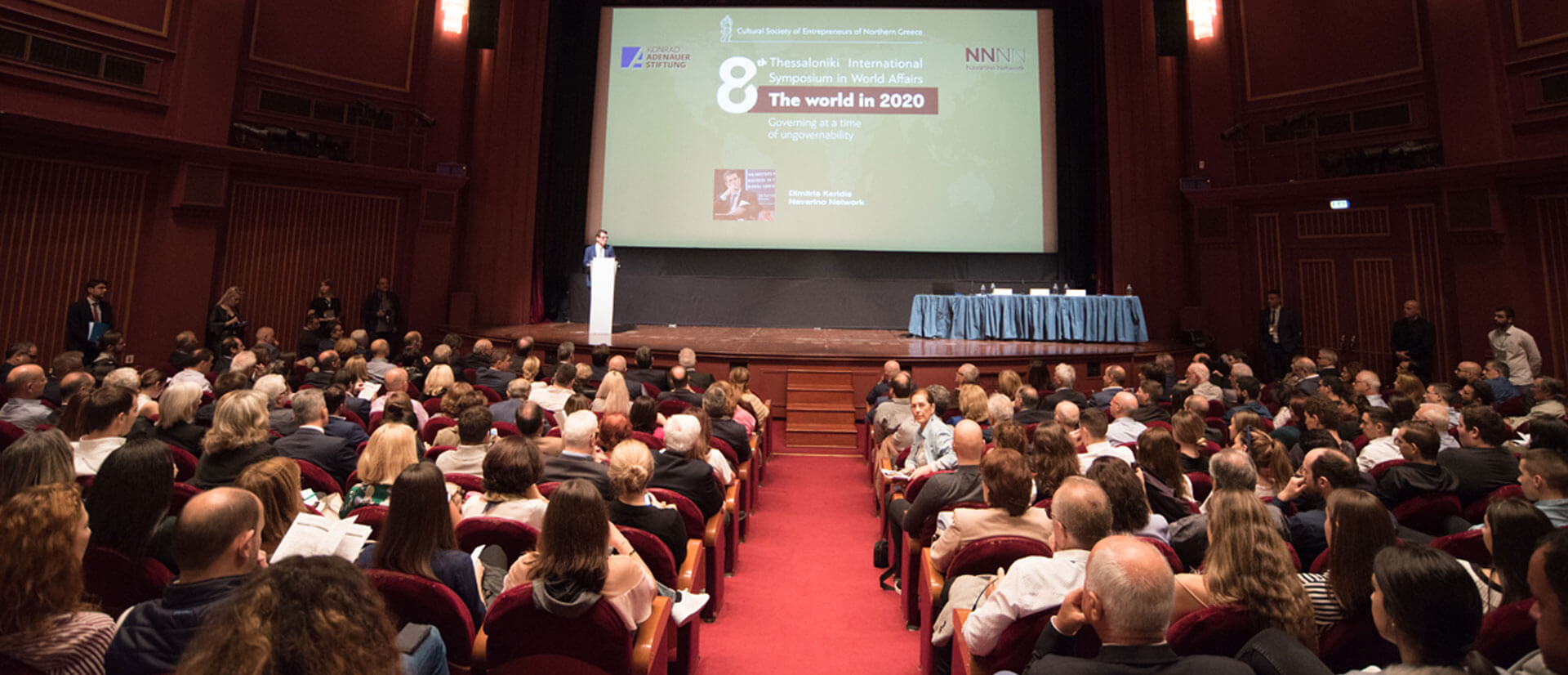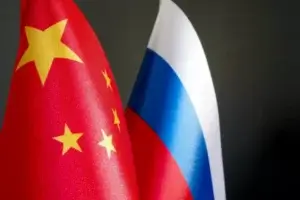WHY NAVARINO
Thessaloniki and the Navarino Network
Thessaloniki, rich in history and promise, faces a governance gap. The Navarino Network aims to harness local strengths to reconnect the city with regional opportunity.

1
The City
Thessaloniki is Greece’s second largest city and an important commercial and educational center, hosting the largest university community in the country.
As a major port, Thessaloniki, historically, has been the gateway to the southern Balkans.
The fall of the iron curtain and the opening of borders after 1989 have held the promise of Thessaloniki recovering its previous status as a Balkan and eastern Mediterranean metropolis.
2
The Paradox
Yet, there is a growing gap between Thessaloniki’s promise and its performance.
Despite its favorable geographic position and an entrepreneurial population, the distance with Athens and other metropolitan centers, in terms of development, has grown considerably since the early 1990s.
Often, Thessaloniki seems unable to take full advantage of the opportunities presented by the new era of enhanced regional and European integration and globalization.
Rather, it sometimes appears fearful of change and what this might bring, in terms of immigration and cross-border interactions.
3
The Region
The end of communism and the subsequent liberal reforms, coupled with the emergence of new states and EU enlargement, have brought cataclysmic changes in the region
Despite the progress achieved in terms of democratization, growth and stability there is a lot of unfinished business. The main challenge remains the regions’ convergence with the rest of Europe, away from the poverty, authoritarianism and conflicts of the past.
Thessaloniki can only prosper and fulfill its promise in partnership with the wider region that includes Northern Greece and the Southern Balkans, from the Adriatic to the Black Sea.
Thessaloniki itself has changed greatly during the last 20 years and is favorably positioned and well-endowed, both in physical and human capital, to address constructively and beneficially the challenges involved.
4
The Resolution
Broadly speaking, today Thessaloniki is faced with a “governance challenge.” Too often, this has been allowed to be addressed through a short-sighted agenda and a counter-productive antagonism with Athens to the south and the region to the north.
What is needed is bridging the gap between promise and performance.
This can only be a gradual and multi-faceted process that engages the numerous creative forces of the local community, including its business and intellectual elites, in support of the mentalities and policies best suited for the new age.
5
The Square
Located in the heart of Thessaloniki, in walking distance from the university campus and the city’s shopping and business districts, the Navarino Square is a meeting point for the populous youth and student communities and hosts a vibrant urban counter-culture.
Named after the naval battle of 1827 that led to the independence of modern Greece, the square is dominated by the ruins of the Roman palace of Galerios that powerfully speak of the city’s imperial and multi-confessional legacy.
Thus, both its symbolism and vibrant urban location, make Navarino an ideal place for hosting and naming the Network.
412+
Volunteers
2,485
Certificates Given
42
Big Events
248
Dialogues at Navarino


